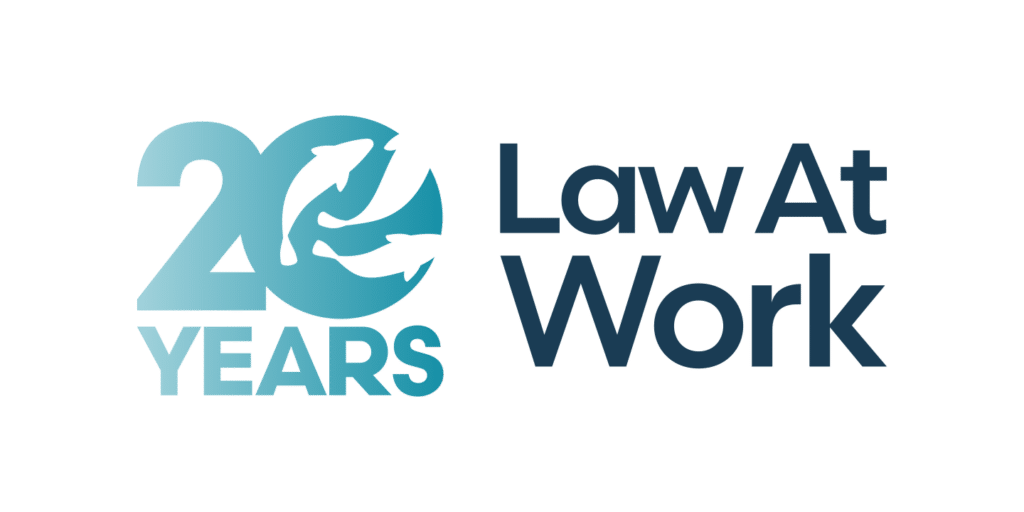Everyone has experienced bullying and harassment concerns in one way or another.
Whether it’s yourself, someone you know, or between colleagues in your workplace, we must all be accountable for ending workplace bullying and harassment.
How we deal with such allegations is fundamental for a positive workplace culture. We spend such a large portion of our day at work and there’s nothing more demoralising than when bullying goes unchecked.
We should be learning from every issue that arises as part of our continuous aim to protect our people from harm and we should strive to promote dignity and respect for everyone in the workplace.
Allegations of bullying or harassment
Bullying or harassment is an extremely serious allegation which you must address straight away.
Many leadership teams assume that because they don’t hear about it, this issue doesn’t exist in their department. But this is often because no one has spoken up. The belief that bullying and harassment don’t happen in your business is possibly the biggest barrier to tackling the problem.
Many people can be reluctant to report instances of bullying or harassment out of fear. They could be fearful of damaging working relationships with their colleagues or retaliation, embarrassment, or worry they may be perceived as a troublemaker.
There are times when an individual will mention an issue they are having with another colleague, but nothing happens. This lack of action makes them hesitant to report further concerns.
No matter the reason a concern is not formally raised, you still have an implicit duty of care to investigate all alleged concerns without delay.
What is bullying?
There is no legal definition of bullying, but most organisations would look to the Advisory, Conciliation and Arbitration Service, the Jersey Advisory and Conciliation Service, or the Guernsey Employment and Equal Opportunities Service when looking for guidance.
ACAS would define bullying as behaviour that is:
- Offensive, intimidating, malicious, or insulting
- An abuse of power through means that undermine, humiliate, denigrate, or injure
These actions will inevitably erode the victim’s confidence and self-esteem.
Bullying typically relates to persistent and repetitive negative behaviours that are deliberately targeted at a particular individual. Bullying in the workplace is often the result of an abuse of power, position, or knowledge, and it may be perpetrated by leadership, peers, or even juniors.
How is it different from harassment?
Although bullying and harassment can look similar on the surface, there are crucial distinctions between the two.
All bullying physically or emotionally hurts, harms, or humiliates an individual. But when bullying behaviour is based on a protected class, we then define this action as harassment.
You should be aware of this difference as an employer, because harassment is a form of unlawful discrimination and has a legal definition of:
“Unwanted conduct that is related to a protected characteristic and which has the purpose or effect of violating the subject’s dignity or creating an intimidating, hostile, degrading, humiliating, or offensive environment for the subject.”
Discrimination (Jersey) Law 2013
Specifically, harassment is unlawful if it relates to one of the protected characteristics of:
- Race
- Sex
- Sexual orientation
- Gender reassignment
- Age
- Disability
It’s important to note that the law specifies the phrase ‘purpose or effect’, meaning an act doesn’t have to be deliberate – it’s the outcome or how an act is received that counts.
Due to this phrasing, a defence of ‘I didn’t mean to offend anyone’ isn’t valid.
Workplace expectations
Don’t think your business is safe from harassment if you don’t have a diverse workforce (which alone can be a problem for other reasons).
Anyone can put forward a harassment complaint, even if the behaviour in question is not directed at them. This is possible because the complainant doesn’t need to possess the relevant protected characteristic.
An individual can submit a complaint of unlawful harassment if they:
- Are related to, or associated with, someone who possess a relevant protected characteristic
- Have experienced harassment by a colleague who has the mistaken perception that they possess a relevant protected characteristic
- Have themselves witnessed harassment (even if it’s directed at others) which makes them feel intimidated, degraded, humiliated, or offended
General banter linked to sex, race, sexual orientation, or age is the most common form of harassment in employment.
You should make sure you’ve correctly informed your people of the types of conduct and speech that can be considered offensive and make it clear that such behaviour is unacceptable. Having everyone participate in a training session can be an easy and effective way to get everyone on the same page.
Encourage your people to understand that their colleagues will have differing views and feelings on certain matters, as well as differing levels of sensitivity.
The basic rule for all workplaces should be that any jokes, remarks, or banter that might cause offence to a colleague on any grounds will not be permitted. Everyone should treat their colleagues with dignity and respect, and refrain from any behaviour that may cause harm.
The right to not be harassed at work extends to all individuals, not just those with permanent full-time contracts. So, agency temps, casual staff, part-timers, and contractors are also protected.
Employer liability for bullying and harassment claims
Employers are liable for any acts of harassment perpetrated by their people in the course of employment. The extent of which has been interpreted widely by tribunals.
For example, an act of harassment during a work-organised social event may create liability for you as the employer. You’d still be liable whether the act of harassment was done with your knowledge and approval, or not.
The fact that a leadership team doesn’t know about harassment occurring doesn’t provide a defence. A lack of intention to offend will similarly not provide a route for you to escape liability.
Beyond the business entity, individuals may also be held liable if they were personally responsible for harassment.
The tribunal has the authority to order individuals to personally pay compensation to the subject of their harassment. This order is in addition to any compensation the employer may be required to pay.
How does bullying and harassment affect your business?
While there is no legal definition of bullying, employers have a common law duty of care to provide a safe working environment, which includes freedom from bullying. Individuals can take you to civil court if you fail to take reasonable steps to prevent bullying that causes them harm.
Anyone who is the subject of a bullying incident can experience stress and anxiety that often leads to absences from work and other stress-related problems.
While the individual will suffer the worst and primary effects of bullying, incidents can also cause repercussions for your business in the form of:
- Poor work relationships
- Divided teams
- Loss of respect for leadership
- Poor performance
- Absences
- Whistleblowing
- Resignation and high turnover
- Damage to company reputation
- Poor workplace culture
- Constructive/unfair dismissal litigation
- Personal injury claims
There are many business-related reasons to get this right. However, the most important reason is always: everyone has the right to feel safe at work.
Keeping this fact at the centre of your bullying and harassment policies will ensure your staff are comfortable and confident in the workplace.
But remember; just because you’re not receiving complaints, doesn’t mean bullying or harassment aren’t taking place.
Make sure you take steps to reassure your people that you’ll treat all complaints seriously.
Updated 29 February 2024







